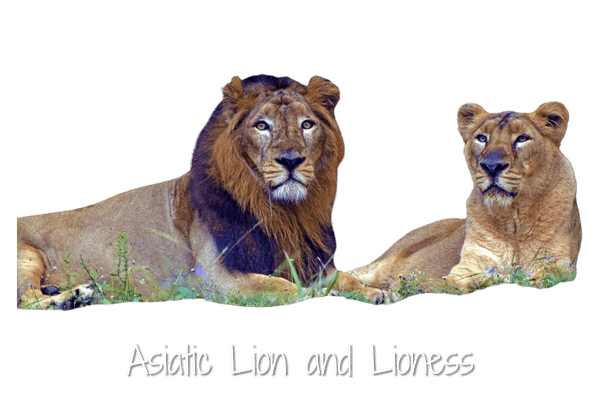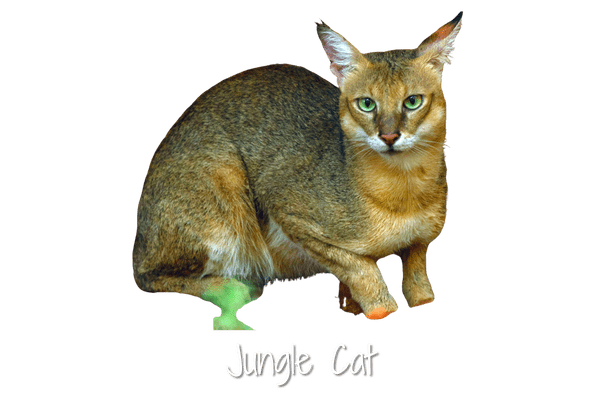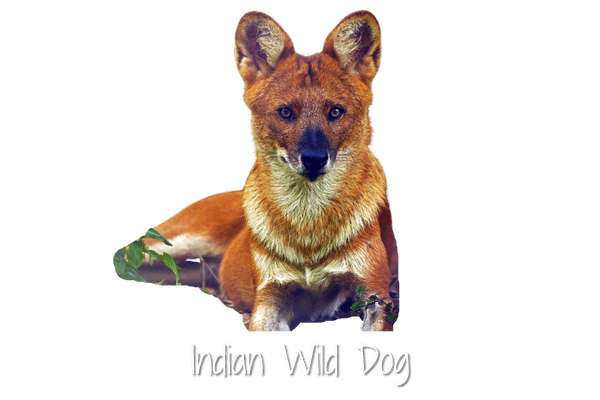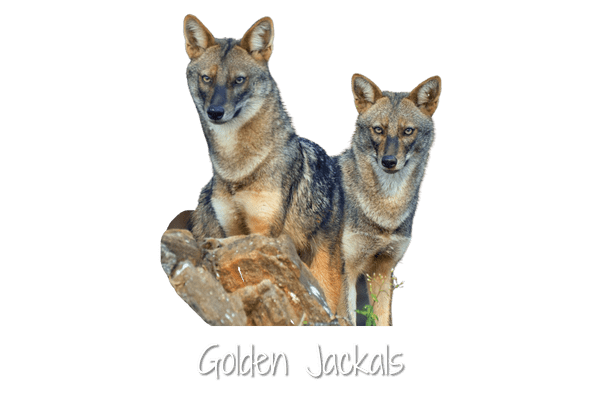“Humankind must learn to understand that the life of an animal is in no way less precious than our own.” “There may be days when I can’t help an animal in need, but the day will never come that I won’t try.” “Wildlife in the world can only be protected by the love of compassionate hearts in the world!”
A carnivore is an organism that mostly eats meat, or the flesh of animals. Sometimes carnivores are called predators. Organisms that carnivores hunt are called prey.
Carnivores are a major part of the food web, a description of which organisms eat which other organisms in the wild. Organisms in the food web are grouped into trophic, or nutritional, levels. There are three trophic levels. Autotrophs, organisms that produce their own food, are the first trophic level. These include plants and algae. Herbivores, organisms that eat plants and other autotrophs, are the second trophic level. Carnivores are the third trophic level. Omnivores, creatures that consume a wide variety of organisms from plants to animals to fungi, are also the third trophic level.
Some carnivores specialize in hunting one type of organism.
Lions are one of the largest cats in the world. They live in southern and eastern parts of Africa. Lions are only social cats which live in groups called “prides”.


Tigers are the biggest cats in the world. There are 5 subspecies of tiger. All of them are critically endangered.
White Tigers are also known as white Bengal tigers. They are not albino nor a sub-species of tiger but actually are Bengal tigers with a genetic defect that expresses a different colour.




The jungle cat (Felis chaus), also called reed cat and swamp cat, is a medium-sized cat native to the Middle East, South and Southeast Asia and southern China.
Leopard is the most widespread member the cat family and one of the 5 “big cats” (together with tiger, jaguar, lion and snow leopard). There are 9 subspecies of leopard that are native to Africa and Asia.

Leopards are as fast as a flash, clocking speeds of up to 60 km per hour. This is super-fast – although the cheetah runs faster, of course. They are also great leapers, able to leap up to 6 meters horizontally and 3 meters vertically.

Dhole is a type of Asian wild dog. It is also known as red dog or whistling dog. There are 11 subspecies of dholes that can be found in India, Korea, China, Russia, Malaysia, Indonesia and Java.
Asian palm civet, also known as Toddy cat, is a type of small civet that can be found in South and Southeast Asia. Palm civet is a tawny grey or greyish brown animal; lined and streaked on back and croup; spotted more or less in rows along the flanks.

Kopi Luwak is a type of coffee made of coffee beans that passed through digestive system of Asian palm civet (extracted from its feces). With a price of 100 dollars per pound, Kopi Luwak is one of the most expensive types of coffee in the world.

Hyenas are neither members of the dog nor the cat family. They are unique, and so have their own family: Hyaenidae.
Wolf is the largest member of the canine (dog) family. This large carnivore lives in North America, Eurasia and North Africa. There are two species of wolves: grey wolf and red wolf.


Jackal is a member of a canine family. It can be found in Africa, Middle East, India and South-eastern parts of the Europe. There are three species of jackals: Golden jackal, Side-striped jackal and Black-backed jackal.